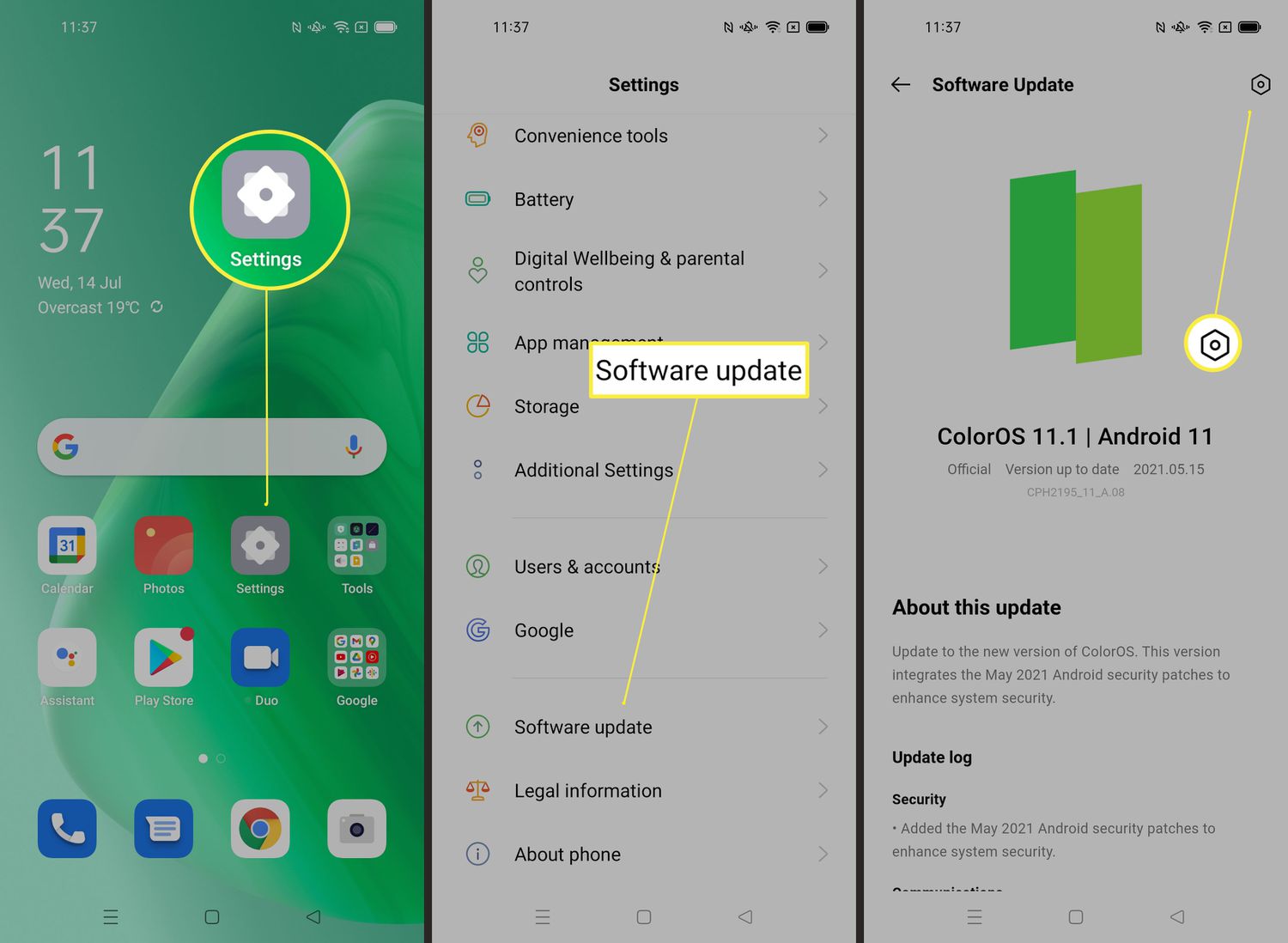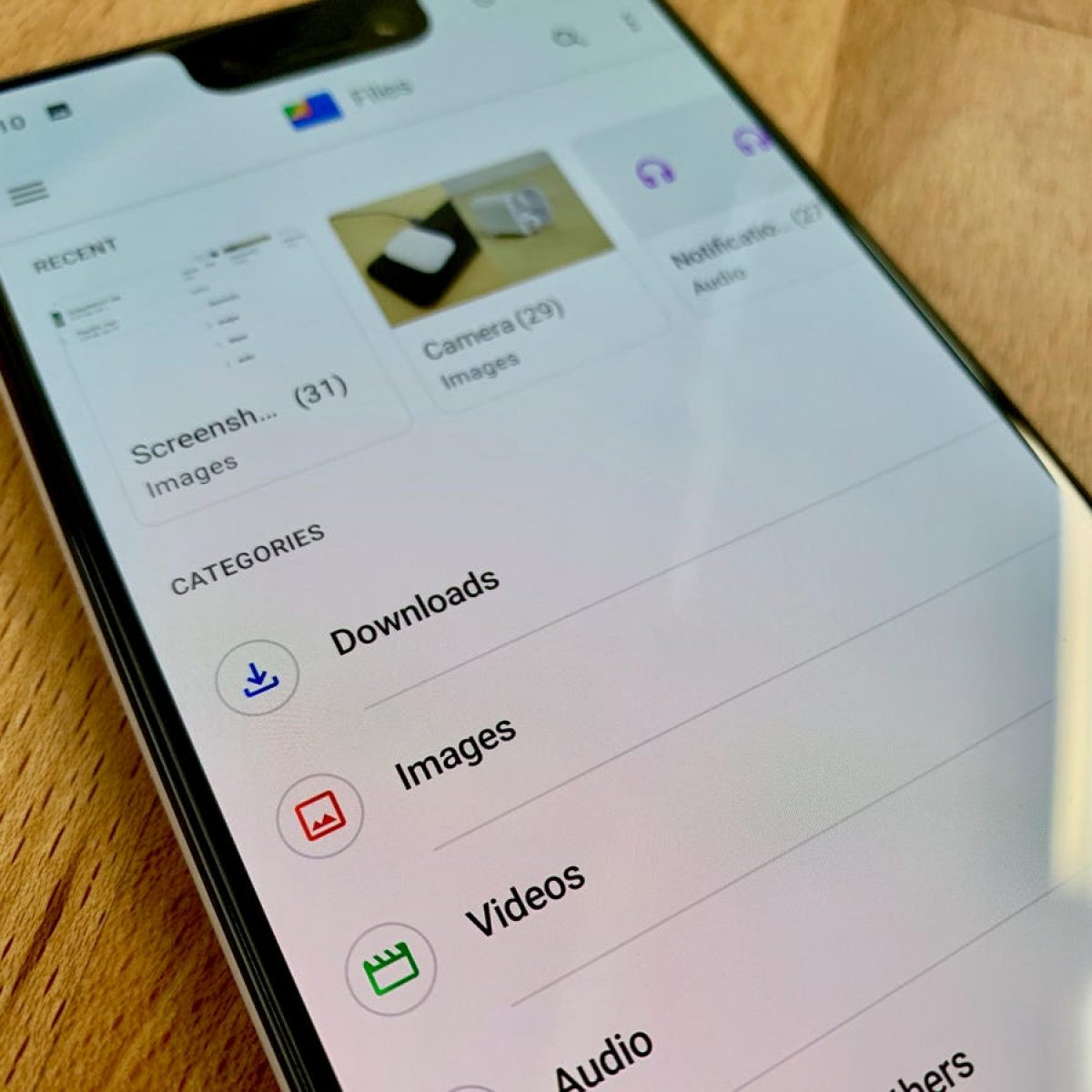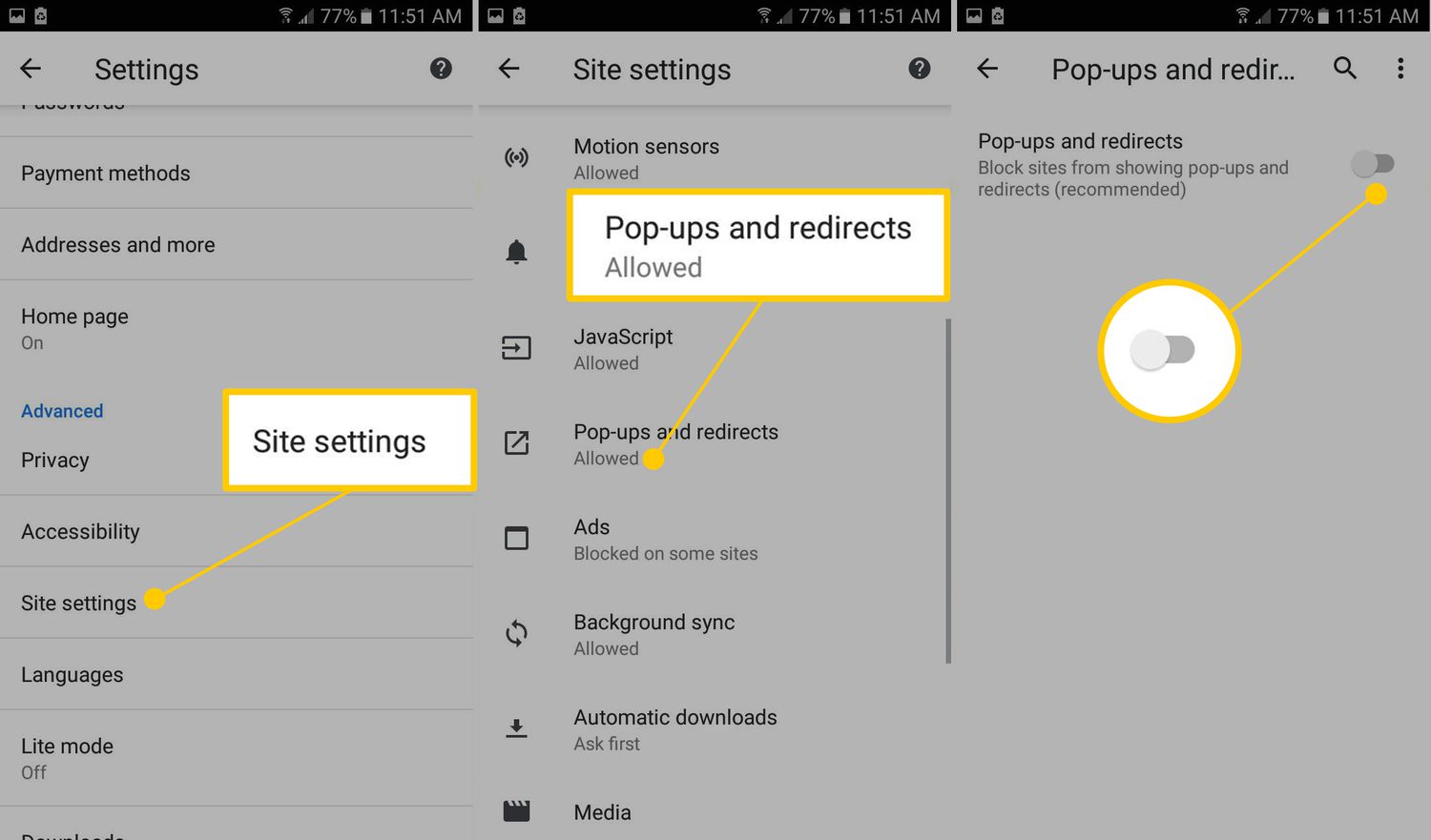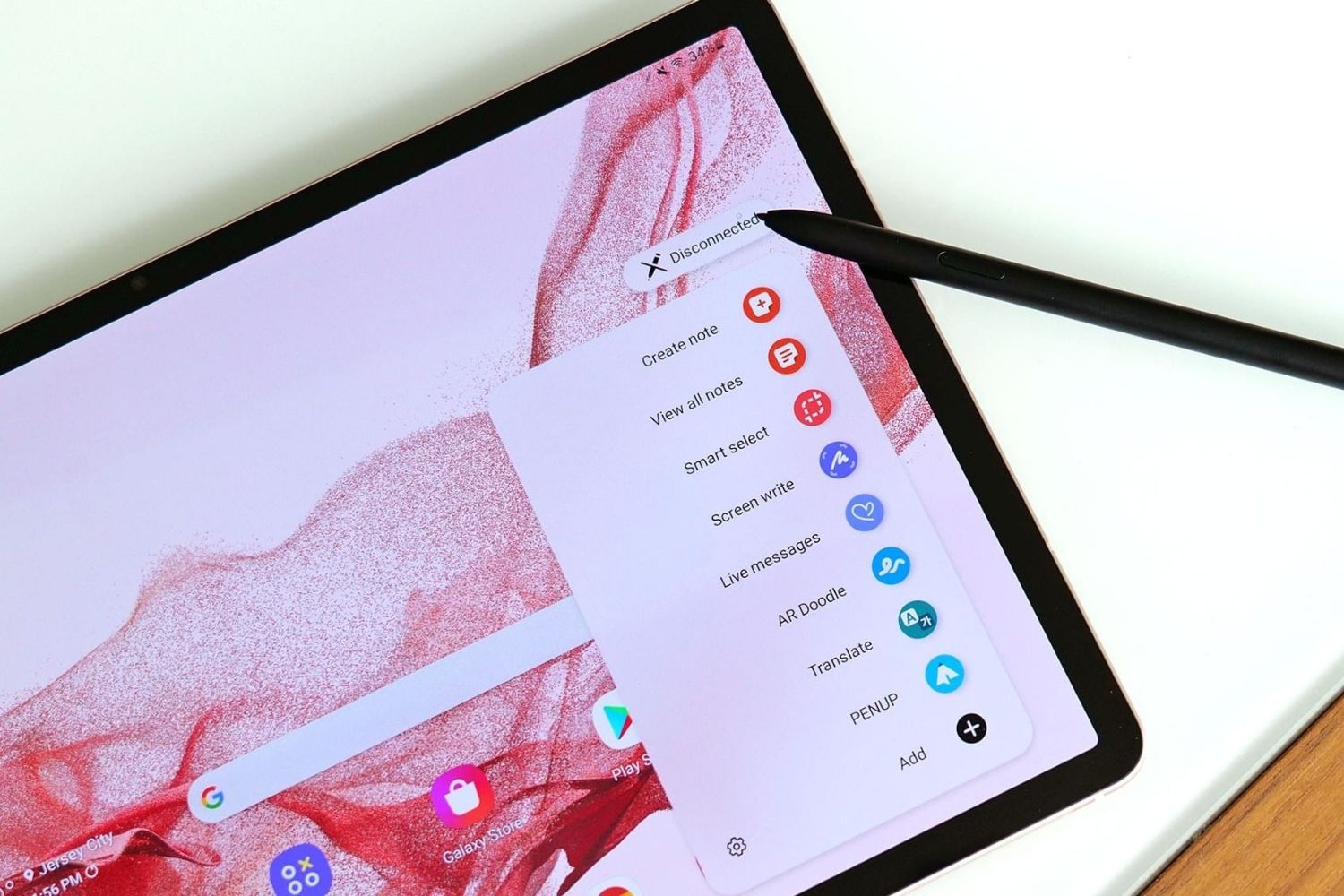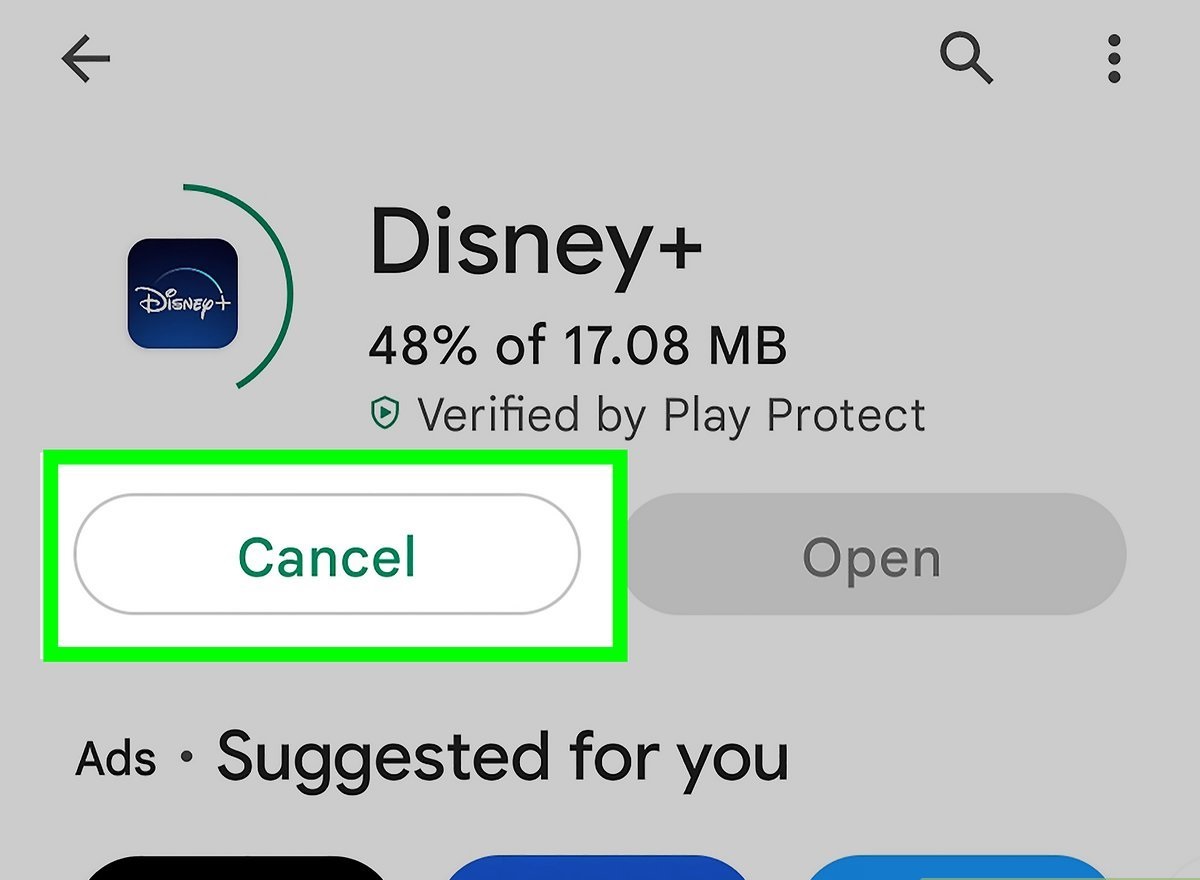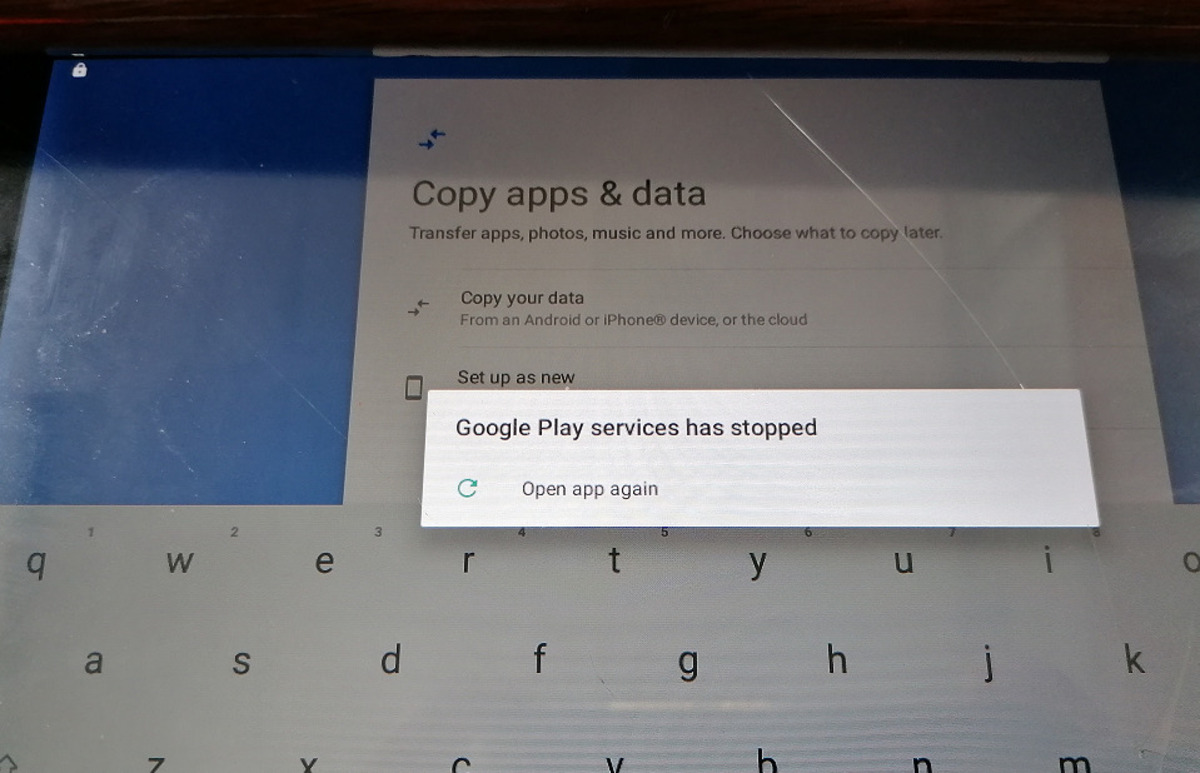Introduction
Android system updates are crucial for keeping your device running smoothly and securely. They bring new features, bug fixes, and important security patches. However, there are situations where you might want to temporarily or permanently stop the automatic download of Android system updates.
There can be several reasons why you may want to stop Android system updates. For instance, you may have limited data bandwidth, and downloading large system updates could consume a significant portion of your monthly data allowance. Alternatively, you might have a specific reason for not wanting to update your device, such as compatibility issues with certain apps or concerns about potential bugs or changes in the user interface.
Fortunately, there are various methods you can use to stop or control the Android system update downloads on your device. In this article, we will discuss these methods and guide you on how to implement them effectively. Please note that disabling system updates indefinitely is not recommended, as it may leave your device vulnerable to security threats and prevent you from benefiting from enhanced features and performance improvements.
However, if you need to temporarily stop or control Android system updates, continue reading to learn about different solutions you can consider. We will cover methods such as disabling automatic update downloads, restricting data usage for system updates, using third-party apps to manage updates, clearing Google Play Services data, turning off Wi-Fi and mobile data during update downloads, and disabling system update notifications.
Why Stop Android System Updates?
While it’s generally advisable to keep your Android device up to date with the latest system updates, there may be valid reasons why you would want to stop or control these updates. Here are some common scenarios:
1. Limited Data Bandwidth: If you have a limited data plan, downloading large system updates can quickly consume a significant amount of your monthly data allowance. In such cases, you may want to postpone or restrict the automatic download of system updates to avoid exceeding your data limits.
2. Compatibility Concerns: Sometimes, certain apps or services on your device may not be compatible with the latest system updates. This can result in app crashes, performance issues, or loss of functionality. In such cases, you may choose to delay or selectively install updates until you have confirmed compatibility with all your essential apps.
3. Stability and Performance: Although rare, system updates can sometimes introduce new bugs or issues that affect the stability or performance of your device. If you rely heavily on your device for work or other critical tasks, you may prefer to hold off on the latest updates until any potential issues are resolved.
4. User Interface Preferences: Android system updates occasionally bring changes to the user interface, such as redesigned menus or altered navigation elements. If you are accustomed to the current interface and prefer not to adapt to the new changes, you may opt to delay or avoid system updates to maintain your familiarity with the user interface.
5. Rooted or Customized Devices: Some Android users may have rooted or customized their devices with custom ROMs or modifications. Applying official system updates to such devices can sometimes lead to compatibility issues or loss of customized features. In these cases, it may be necessary to disable or manage system updates manually.
6. Controlled Update Installations: By stopping automatic system updates, you can have better control over the installation process. This allows you to carefully review the changes, read feedback from other users, and choose when to install updates at a time that is convenient for you.
While these reasons may justify temporarily stopping or delaying Android system updates, it is crucial to understand the potential risks associated with not installing these updates. Android system updates often include essential security patches that protect your device from known vulnerabilities. Therefore, it’s essential to assess the situation and make an informed decision based on your individual circumstances.
Method 1: Disable Automatic Update Downloads
One of the simplest ways to stop Android system updates is by disabling the automatic download feature. Follow these steps to turn off automatic update downloads on your device:
- Open the Settings app on your Android device.
- Scroll down and tap on “System” or “Software Update,” depending on your device model.
- Look for the option related to automatic update downloads. It may be labeled as “Download updates automatically” or similar.
- Toggle the switch to disable automatic update downloads. The exact method may vary depending on your device’s manufacturer and Android version.
- Once disabled, your device will no longer download Android system updates automatically. However, keep in mind that this method only prevents automatic downloads, and you may still receive notifications about available updates.
Disabling automatic update downloads is a useful option if you want to have control over when and how updates are installed on your device. However, it’s essential to manually check for updates periodically to ensure you don’t miss any critical security patches or significant system improvements.
Please note that the steps mentioned above are based on a general Android user interface. The location and wording of the options may vary slightly depending on the device manufacturer and Android version you are using. If you’re having trouble finding the automatic update download settings, consult your device’s user manual or search for specific instructions online.
If you ever decide to enable automatic update downloads again, follow the same steps and toggle the switch to turn on this feature.
Method 2: Restrict Data Usage for System Updates
If you have a limited data plan or want to conserve your internet bandwidth, you can restrict data usage for Android system updates. By doing so, you can ensure that system updates are only downloaded when connected to a Wi-Fi network. Here’s how you can restrict data usage for system updates:
- Go to the Settings app on your Android device.
- Scroll down and tap on “Network & internet” or similar.
- Look for “Data usage” or “Data usage control” and tap on it.
- Ensure that the “Mobile data” option is selected.
- Scroll through the list of apps and find the entry for “Google Play Store.” Tap on it.
- Toggle the switch next to “Restrict app background data” or a similar option. This setting will prevent the Google Play Store from using your mobile data in the background.
- Next, find the entry for “Google Play services” in the list of apps and repeat the same steps to restrict background data usage.
- With these restrictions in place, your device will only download system updates when connected to a Wi-Fi network, thereby avoiding unnecessary data usage.
Please note that the steps mentioned above are based on a general Android user interface, and the exact location and wording of the options may vary slightly depending on your device manufacturer and Android version.
By restricting data usage for system updates, you can have better control over your data consumption and ensure that updates are downloaded only when connected to Wi-Fi. This can be particularly useful if you have a limited data plan or want to avoid excessive data charges.
Remember to periodically check for system updates manually when connected to Wi-Fi to ensure your device stays up to date with the latest features and security fixes.
Method 3: Use a Third-Party App to Control Updates
If the built-in options on your Android device are not sufficient for controlling system updates, you can consider using a third-party app to manage and control the update process. These apps provide additional features and flexibility in managing updates. Here’s how you can use a third-party app to control updates:
- Open the Google Play Store on your Android device.
- Search for “system update control” or “update manager” in the search bar.
- Review the available apps and choose one that suits your needs. Look for apps with positive reviews and high ratings.
- Install the app on your device and open it.
- Follow the on-screen instructions to set up the app and grant any necessary permissions.
- Once the app is set up, you can use it to control various aspects of the update process, such as enabling or disabling automatic updates, scheduling update downloads, or choosing which updates to install.
- Explore the app’s settings and features to customize how updates are handled on your device.
Using a third-party app gives you additional control and flexibility in managing system updates on your Android device. These apps often provide more granular options and allow you to tailor the update process to your preferences.
However, it’s essential to research and choose a reputable app from the Google Play Store to ensure your device’s security and stability. Look for apps with regular updates and positive user feedback to ensure a reliable experience.
Keep in mind that third-party apps may have their own limitations or compatibility issues, so it’s crucial to thoroughly read the app’s documentation and user reviews to understand its capabilities and potential drawbacks.
Using a third-party app can be a convenient solution for those who require advanced control over the Android system update process. Make sure to keep the app updated to leverage the latest features and improvements it offers.
Method 4: Clear Google Play Services Data
If you are experiencing issues with Android system updates or want to prevent specific updates from being downloaded, clearing the data of Google Play Services can sometimes resolve the problem. Here’s how you can clear the Google Play Services data:
- Open the Settings app on your Android device.
- Scroll down and tap on “Apps” or “Applications,” depending on your device.
- Find and tap on “Google Play Services” in the list of installed apps.
- In the App Info screen, tap on “Storage” or “Storage & cache.”
- Tap on the “Clear storage” or “Clear data” button. Confirm the action if prompted.
- Once the data is cleared, restart your device.
Clearing the data of Google Play Services can reset any settings related to system updates, potentially resolving issues or preventing unwanted updates from being downloaded automatically.
It’s important to note that clearing the data of Google Play Services may also clear other app-related data, such as app preferences and login credentials. Therefore, you may need to re-enter login information for various apps after performing this action.
Please exercise caution when clearing the data of Google Play Services, as it may affect the functionality of other apps that rely on its services. If you encounter any issues after clearing the data, you can try reinstalling the affected apps or performing a factory reset as a last resort.
Remember to periodically check for system updates manually after clearing the Google Play Services data to ensure your device remains up to date with the latest features and security patches.
Method 5: Turn Off Wi-Fi and Mobile Data during Update Downloads
If you want to prevent Android system updates from downloading on your device, you can manually turn off Wi-Fi and mobile data during update downloads. By disabling internet connectivity, you ensure that updates are not downloaded until you decide to enable the connection again. Here’s how you can turn off Wi-Fi and mobile data during update downloads:
- Swipe down from the top of your Android device’s screen to open the notification panel.
- Tap on the Wi-Fi icon to disable Wi-Fi connectivity.
- Next, tap on the mobile data icon to turn off mobile data. The icon may vary depending on your device and Android version.
- Once both Wi-Fi and mobile data are disabled, your device will not be able to connect to the internet, preventing any automatic update downloads from occurring.
- Remember to enable Wi-Fi or mobile data when you are ready to download updates or browse the internet again. To re-enable Wi-Fi and mobile data, simply tap on their respective icons in the notification panel.
This method is useful if you want to have complete control over when updates are downloaded and installed on your device. By manually disabling internet connectivity, you can ensure that updates are not downloaded in the background without your knowledge or consent.
Keep in mind that while this method prevents automatic downloads, you may still receive notifications about available updates. If you want to avoid these notifications as well, you can follow the steps outlined in Method 6 to disable system update notifications.
Remember to periodically check for system updates manually when you have a stable internet connection to ensure your device stays up to date with the latest features, bug fixes, and security patches.
Method 6: Disable System Update Notifications
If you want to stop receiving notifications about available system updates on your Android device, you can disable system update notifications. This method allows you to prevent update notifications from appearing in your notification panel, reducing the chances of accidentally downloading updates. Here’s how you can disable system update notifications:
- Open the Settings app on your Android device.
- Scroll down and tap on “Apps” or “Applications,” depending on your device.
- Find and tap on “Google Play Store” in the list of installed apps.
- In the App Info screen, look for the “Notifications” option and tap on it.
- Toggle the switch to disable notifications from the Google Play Store. This action will prevent you from receiving notifications about available system updates.
- Additionally, you can repeat the same steps for any other app that is responsible for showing system update notifications on your device, such as the system settings app or the device manufacturer’s update app.
By disabling system update notifications, you can avoid being constantly reminded about available updates and prevent accidental downloads or installations. However, it’s important to regularly check for system updates manually to ensure your device remains secure and up to date.
Please note that disabling system update notifications does not prevent updates from being downloaded or installed. It solely suppresses the notifications about available updates. If you want to stop the automatic download of updates, you can refer to Method 1 or Method 2 mentioned earlier in this article.
Remember to periodically check for system updates manually, either through the settings app or using a third-party app, to ensure your device stays up to date with the latest features, performance improvements, and security patches.
Conclusion
Controlling Android system updates can be helpful in specific situations where you want to manage data usage, maintain compatibility with certain apps, or have more control over the update process. While it’s generally recommended to keep your device up to date with the latest system updates for security and performance reasons, these methods provide options for users who have distinct preferences or limitations.
In this article, we explored several methods to stop or control Android system updates. You can disable automatic update downloads, restrict data usage for system updates, use third-party apps to manage updates, clear Google Play Services data, turn off Wi-Fi and mobile data during update downloads, or disable system update notifications. It’s essential to weigh the benefits and drawbacks of each method according to your specific needs and circumstances.
However, it’s important to note that continuously denying or postponing system updates can potentially leave your device vulnerable to security risks and prevent you from accessing new features or performance improvements. Therefore, it’s advisable to periodically check for and install system updates manually, especially those that include critical security patches.
Remember to evaluate your reasons for stopping or controlling Android system updates and assess the potential risks and consequences. It’s always a good practice to maintain a balance between your preferences and the need for a secure and optimized device.
Ultimately, the decision to stop or control Android system updates rests with you as the device owner. Consider your individual requirements, device capabilities, and the impact on device performance and security when determining the most suitable approach for managing system updates on your Android device.







